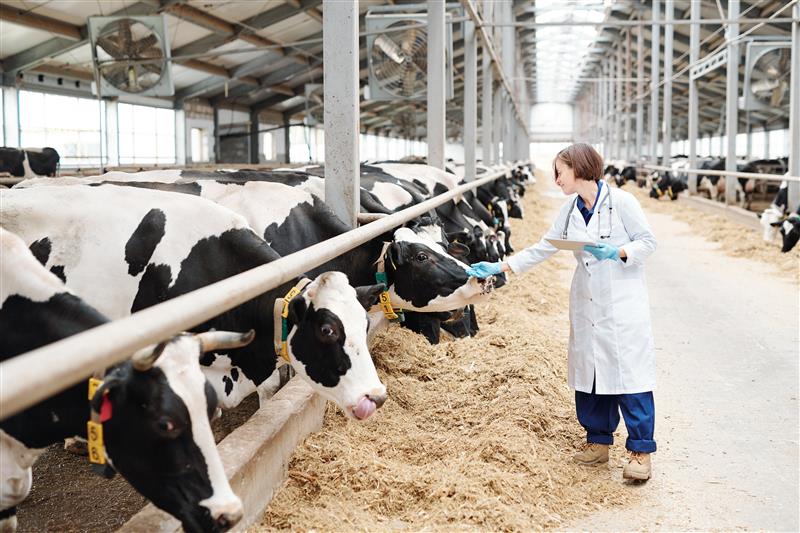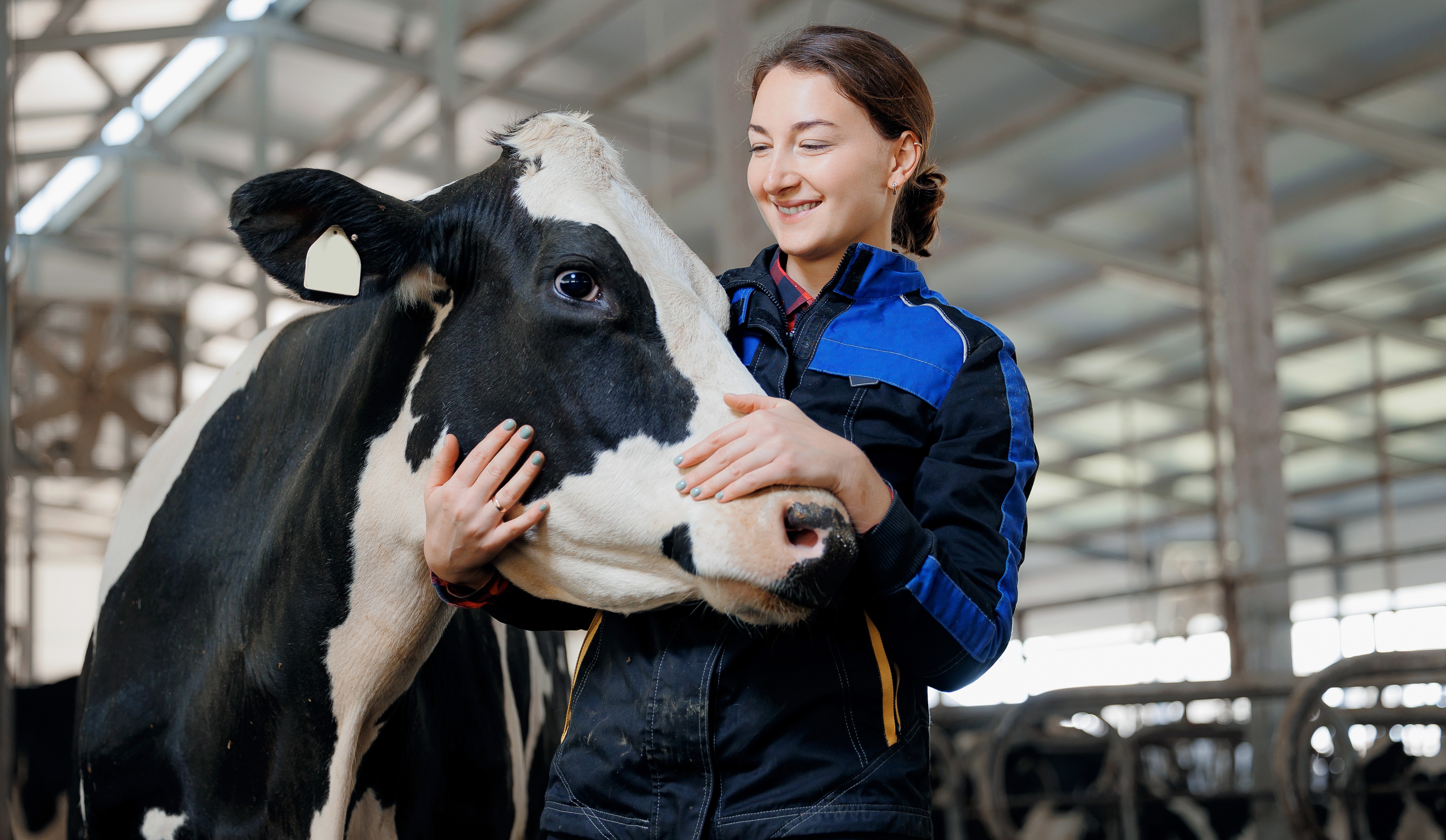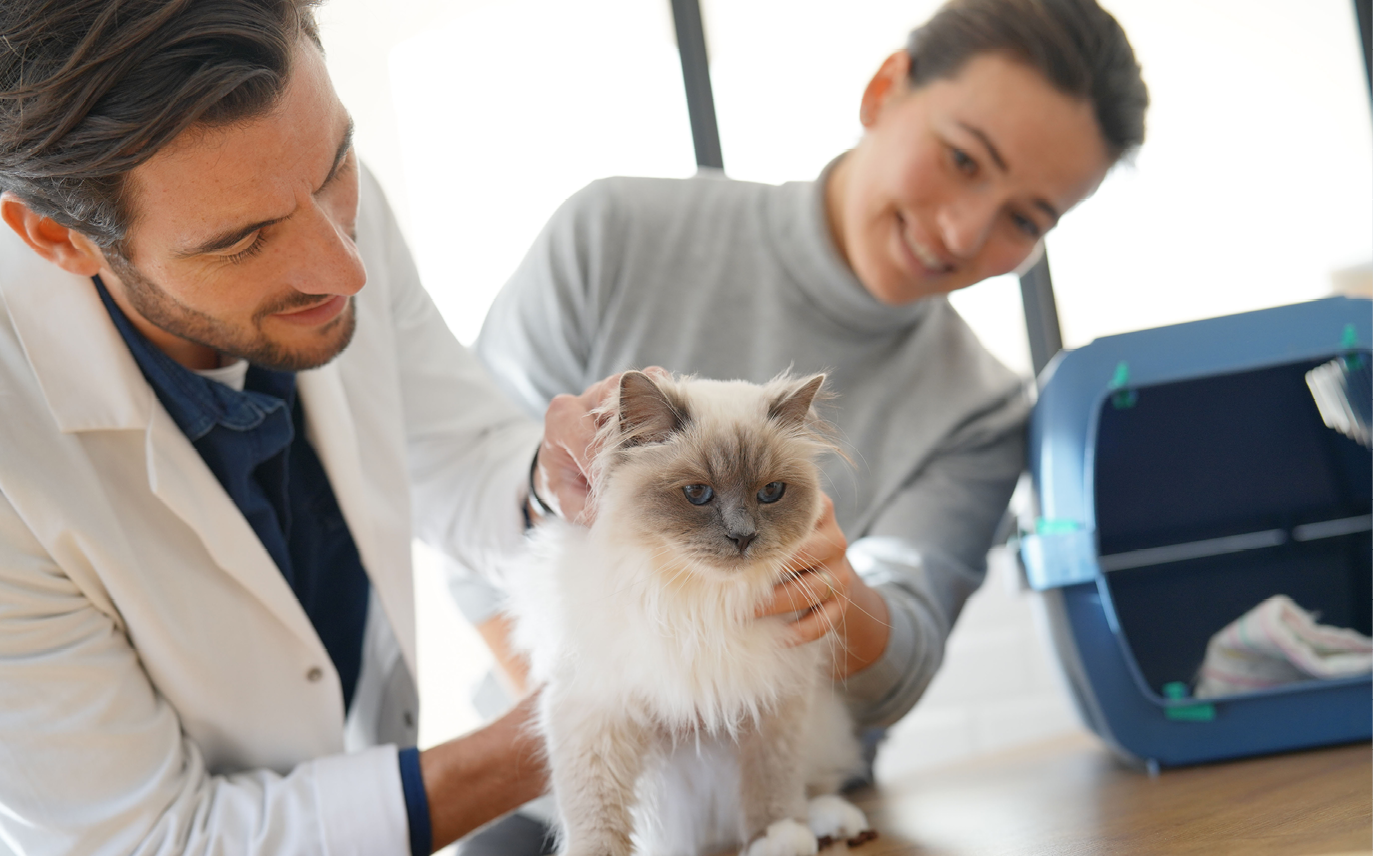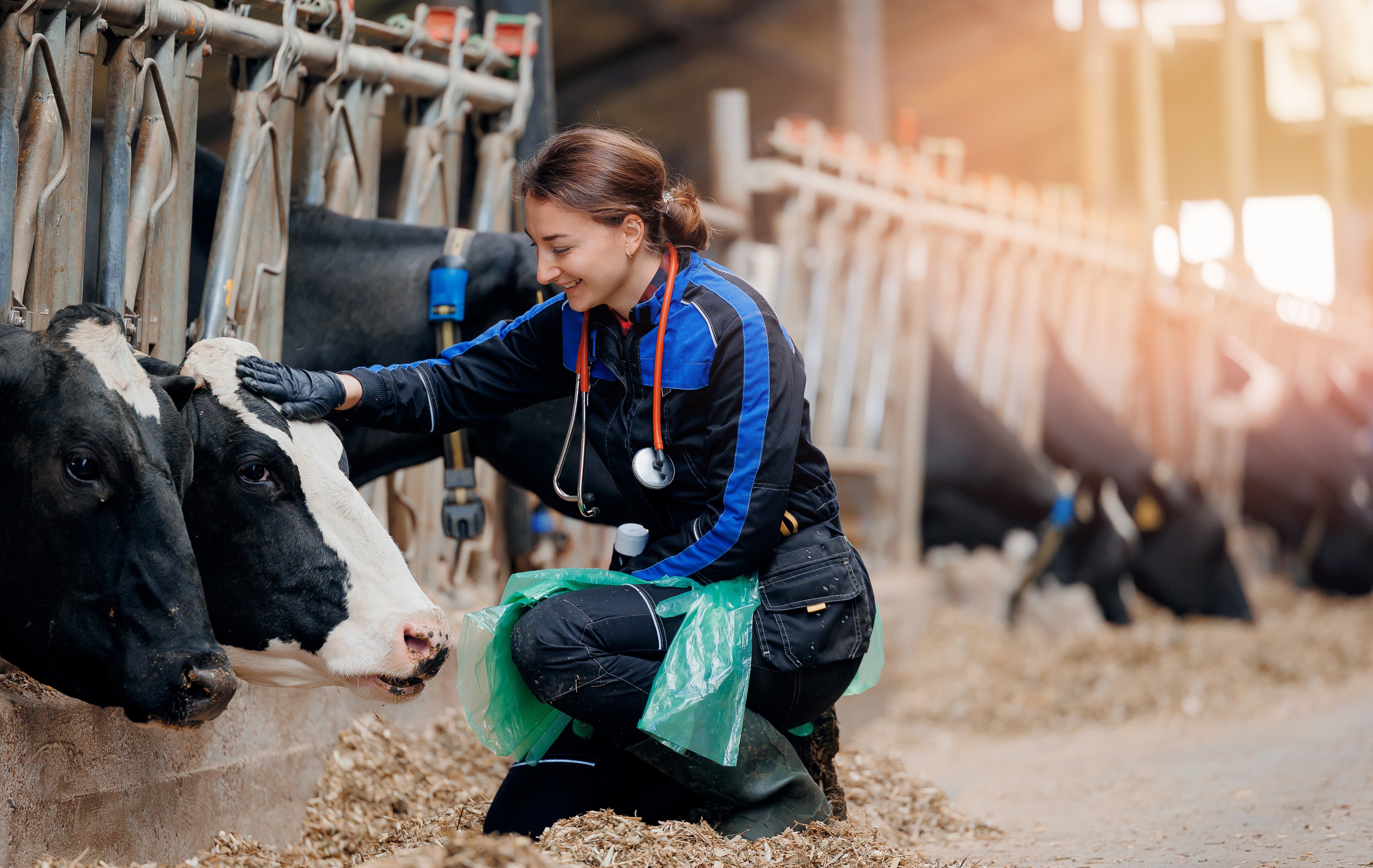
Reproduction
GnRH at breeding: fertility aid for cows with low intensity estrous
![]() Published on March 25, 2025
Published on March 25, 2025
Powered by

Recent Canadian research has shown that administering a dose of GnRH at the time of insemination improves conception rates, particularly in dairy cows with low estrous expression.
Targeted reproductive management
With the continuing improvement in efficiency of reproductive management and the evolution of on-farm technologies, there is currently a drive to adopt a more targeted approach to reproduction to maintain the profitability of dairy businesses. A Targeted Reproductive Management (TRM) program involves identifying cows with different reproductive potentials using information from multiple sources such as biological, management and performance data.1 Once subgroups of cows sharing biological characteristics are identified, tailored reproductive management strategies to optimize their performance are applied. This targeted reproductive management aims to generate more interesting results than applying uniform management to the whole herd.1

Data generated by technologies from individual activity sensors have helped to highlight different reproductive potentials based on estrus frequency and intensity. We now know that cows that have expressed 1 or ≥ 2 heats before the end of the VWP are more likely to be inseminated before 100 DIM and more likely to be pregnant before 200 DIM.2 Cows that show estrous early in lactation will have a stronger expression of their estrous at 1st service. Also, a marked expression of estrus translated by high activity is positively associated with the chances of conception.2-4 Conversely, cows with reduced heat expression are more likely to have compromised fertility, which could be explained by an abnormal ovulation interval or ovulatory failure.2-5
What to do with cows with low estrous expression?
In the past, GnRH analogues have been administered at the time of insemination to enhance oocyte maturation and induce ovulation.6 A research group from the University of British Columbia investigated whether administering a dose of GnRH at the time of insemination could have a beneficial effect on fertility by improving the ovulation rate of cows showing less intense estrous. The findings were recently published in the Journal of Dairy Science.7
Method
The study was conducted on 3 commercial dairy farms in British Columbia's Fraser Valley. Cows were enrolled at the time of estrus. A total of 2709 estrus episodes were considered in 990 Holstein cows, for an average of 2.6 ±1.9 episodes per cow.
Cows were continuously monitored using a leg-mounted pedometer fitted right after calving. Type of pedometer differed between farms. Cows were considered for the study when the activity monitor identified them as having crossed the estrous alert threshold determined by the manufacturer. At the time of insemination, they were randomly assigned to receive, or not (control), an injection of 100 µg gonadorelin.
At enrollment, ovarian examination by transrectal ultrasound was performed to confirm estrous status. Examinations were then done at 24 h, 48 h and 7 d to assess the ovulation process. Pregnancy was diagnosed 35±7 d post AI.
Peak activity, defined as maximum activity during the estrous event, was used to define the intensity of heat expression. Estrous expression was categorized as high intensity or low intensity using the peak activity median for each farm.

Results
GnRH at time of AI improves fertility in low-estrous expression cows.
Gonadorelin administration at AI resulted in a higher pregnancy per AI than inseminations without treatment (41.3 ±1.6 vs 36.7±1.6%, p=0.02). In cows with low estrous expression, the effect of treatment was more pronounced than in control cows, with a pregnancy per IA of 37.8 vs 31.0% (p<0.01).
However, this significant difference in conception rate between treatment and control groups was not observed in cows with high estrous intensity (43.5 vs. 42.6%). The benefit of using GnRH remained constant between numbers of inseminations until at least the 5th postpartum insemination. And although the dairy farms in the study had their own characteristics, no herd effect was noted.
GnRH at time of breeding improved ovulation rates in high-estrous intensity cows
At 24 h post-alert, cows with high estrous intensity showed the same ovulation rate as cows with low estrous intensity. But, at 48 h and 7 d post-alert, cows treated with GnRH with high estrous intensity showed a higher ovulation rate than cows treated with low heat intensity or control cows, regardless of estrous intensity. However, this increase in ovulation rate was not accompanied by a higher conception rate.
Take away message
Although there was no change in ovulation rates following GnRH administration at AI in cows with lower estrous intensity, it still had a beneficial effect by significantly improving the pregnancy per IA.
Therefore, when dealing with cows with low estrous intensity, for which compromised fertility is expected, GnRH may be an aid to consider as part of a targeted reproductive management program.
Reproduction done accurately
Find out more about available products.
You must be logged in to access the page.
Reference
1- Giordano JO, Sitko EM, Rial C, Pérez MM & Granados GE (2022). Symposium review: Use of multiple biological, management, and performance data for the design of targeted reproductive management strategies for dairy cows. Journal of Dairy Science, 105(5), 4669–4678.
2- Borchardt S (2023) Association of Fertility of Dairy Cows: Things We Need to Know to Improve Herd Fertility. Dairy Cattle Reproduction Council. Annual Meeting Proceedings, Nov 14-16, Salt Lake City, Utah.
3- Tippenhauer CM, Plenio L, Heuwieser W, and Borchardt S (2023) Association of activity and subsequent fertility of dairy cows after spontaneous estrus or timed artificial insemination. J Dairy Sci. 106:4291-4305.
4- Madureira A, Silper B, Burnett T, Polsky L, Cruppe L, Veira D, Vasconcelos J, & Cerri R. (2015). Factors affecting expression of estrus measured by activity monitors and conception risk of lactating dairy cows. Journal of Dairy Science, 98(10), 7003–7014.
5- Burnett TA, Polsky L, Kaur M and Cerri RL (2018) Effect of estrous expression on timing and failure of ovulation of Holstein dairy cows using automated activity monitors. J Dairy Sci. 101:11310-11320.
6- Thatcher W, Drost M, Savio J, Macmillan K, Entwistle K, Schmitt E, Delasota R, Morris G (1993). New clinical uses of GnRH and its analogsin cattle. Anim. Reprod. Sci. 33, 27–49
7- Burnett, TA, Madureira AM, Bauer JW & Cerri, RL (2022). Impact of gonadotropin-releasing hormone administration at the time of artificial insemination on conception risk and its association with estrous expression. Journal of Dairy Science, 105(2), 1743–1753.


